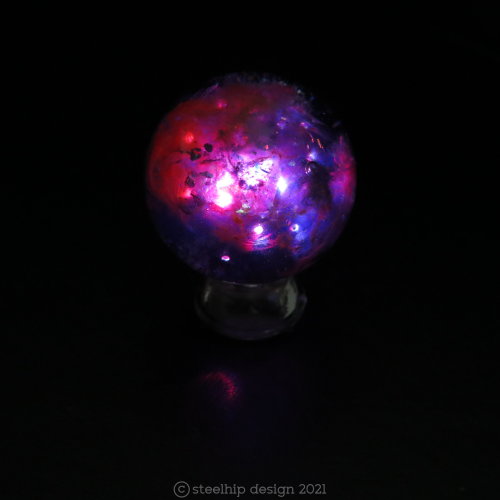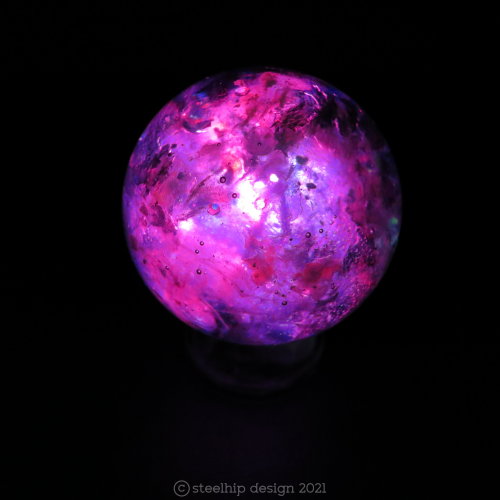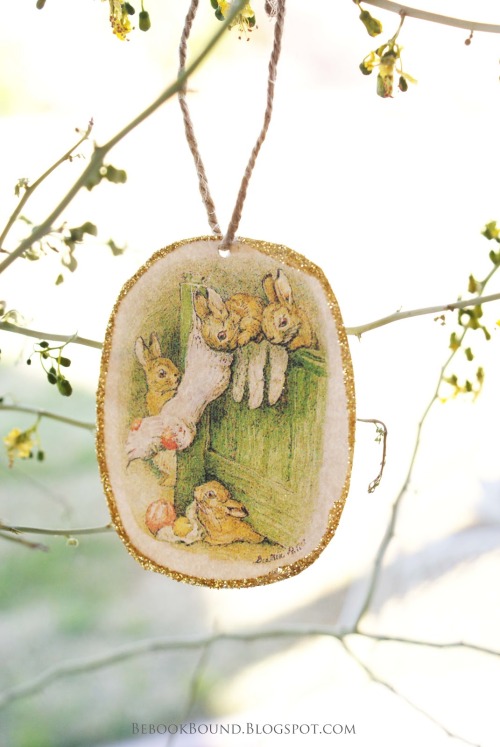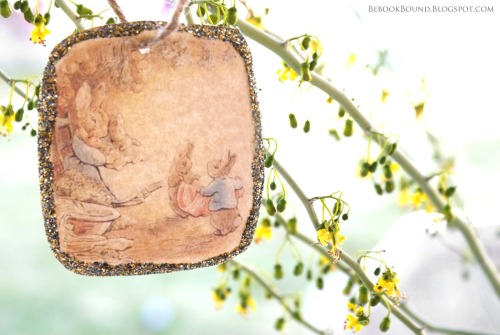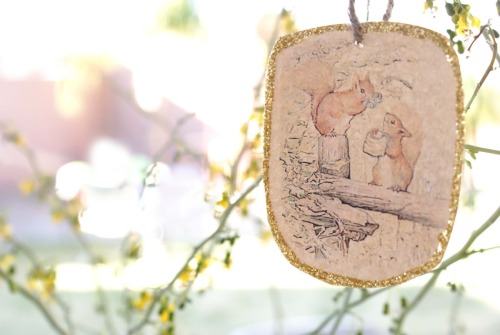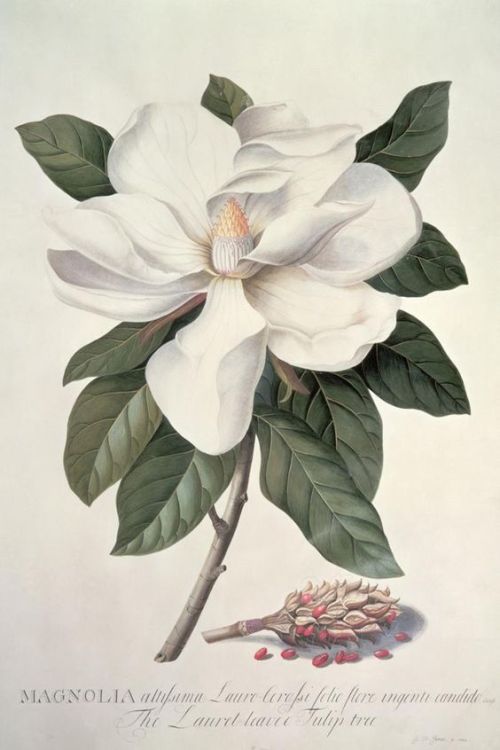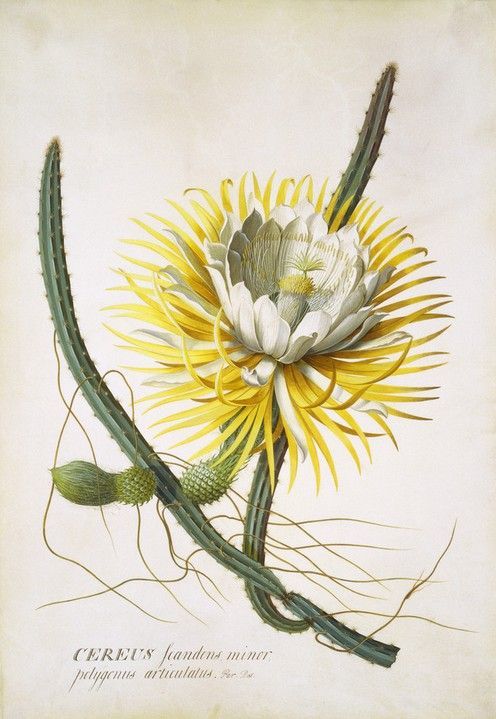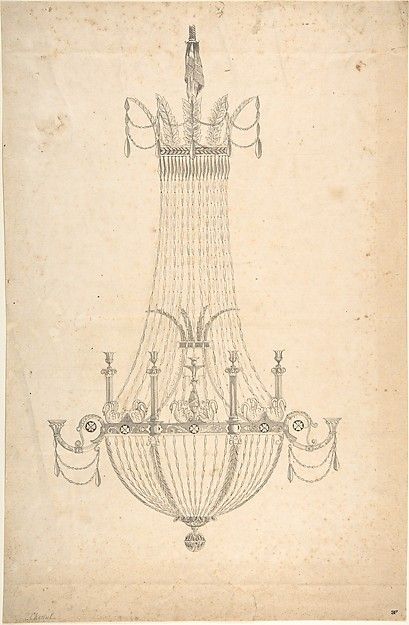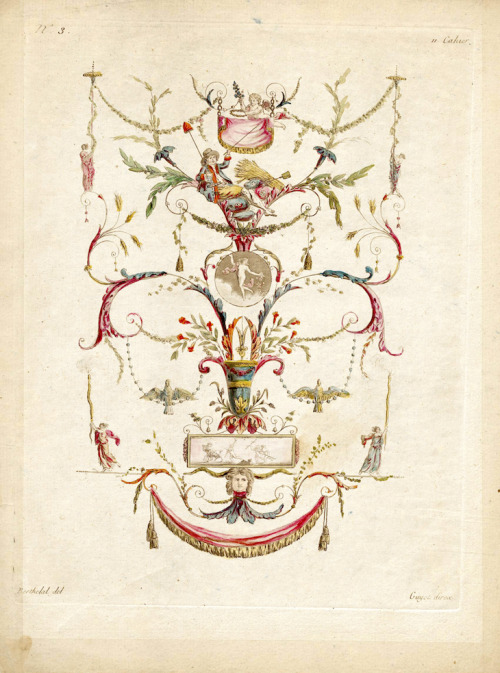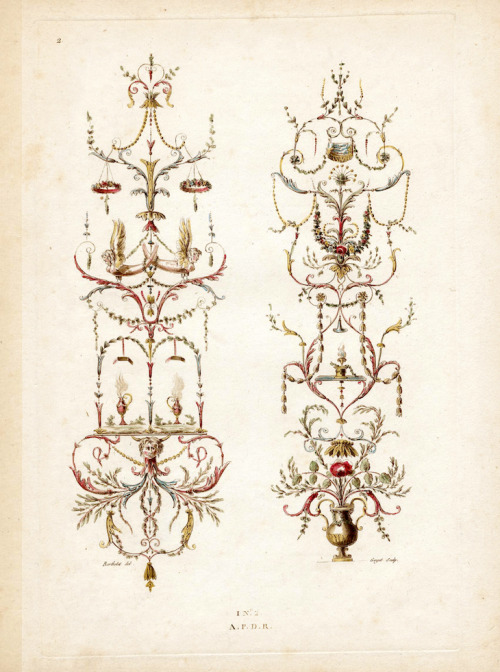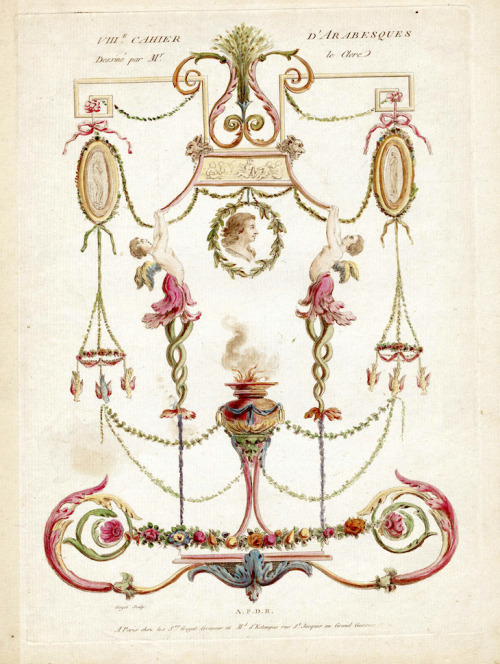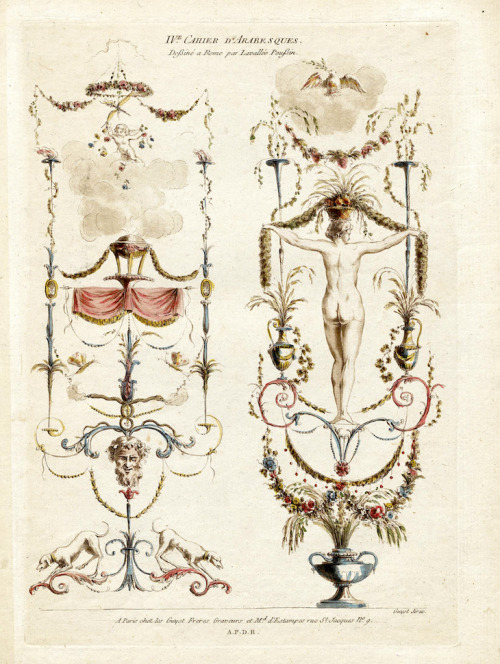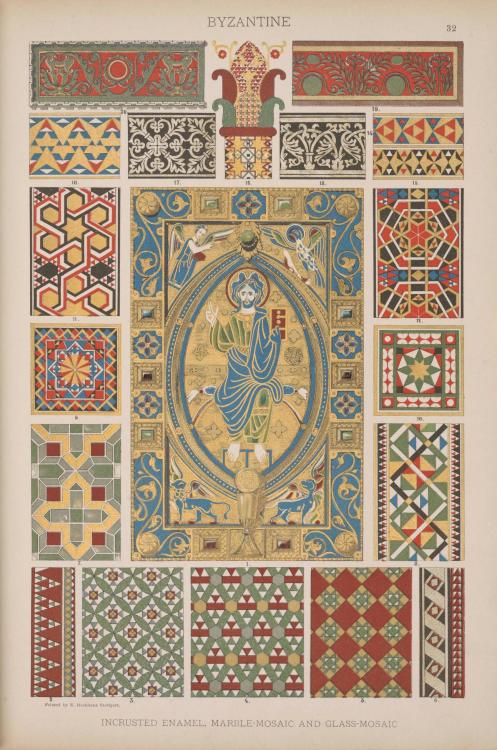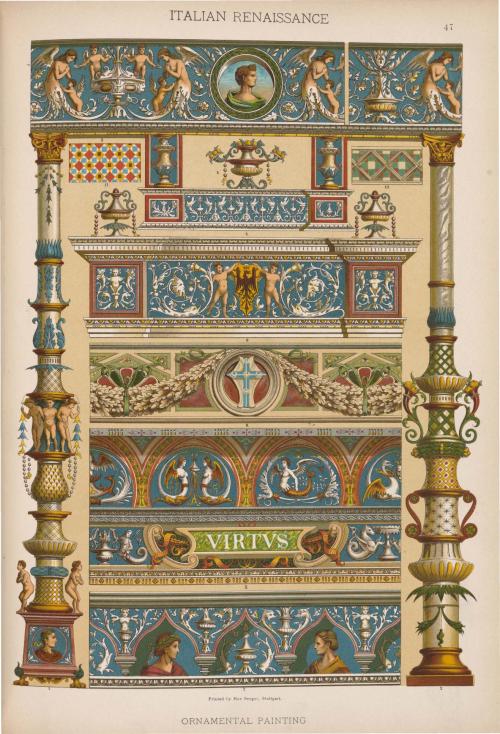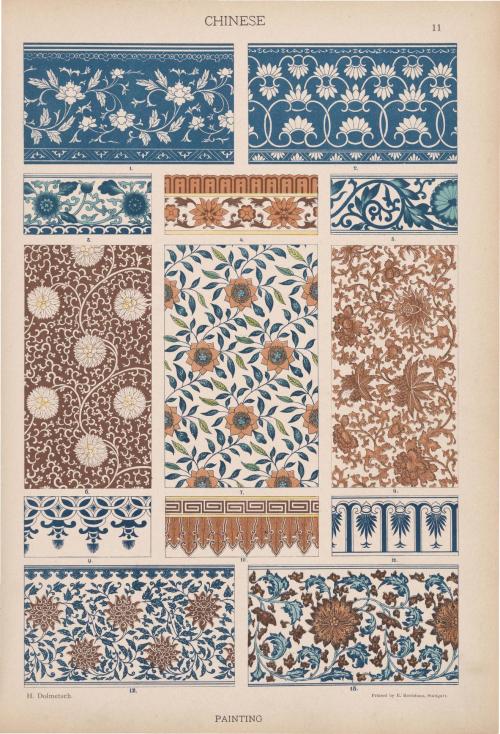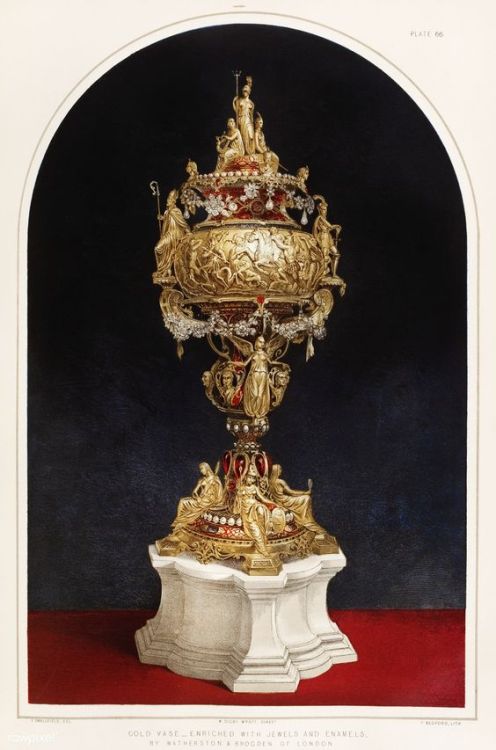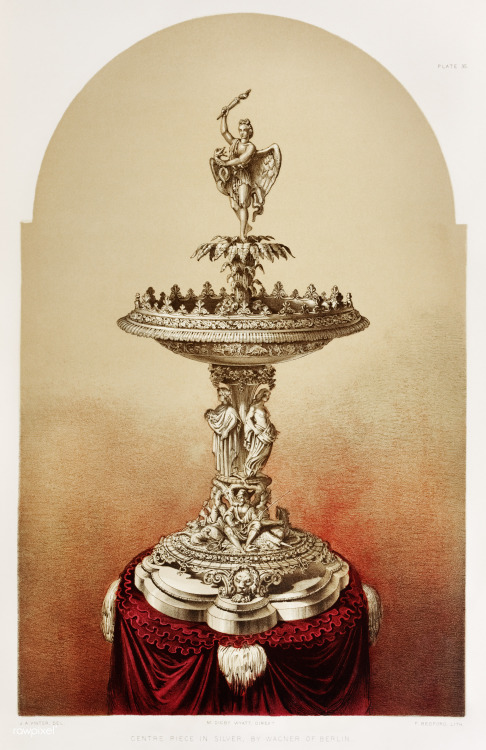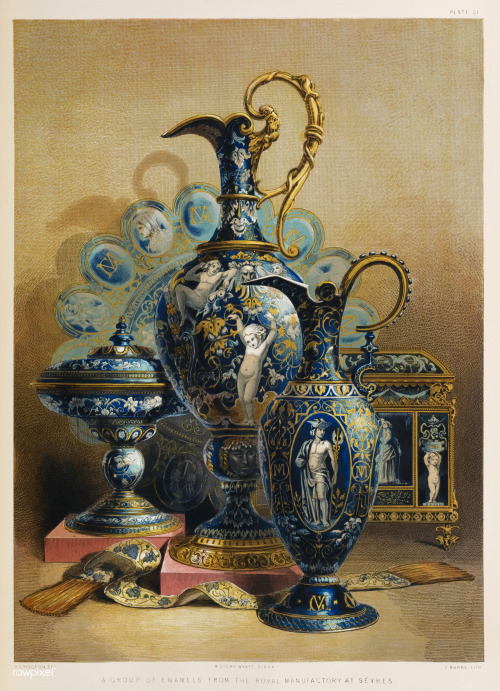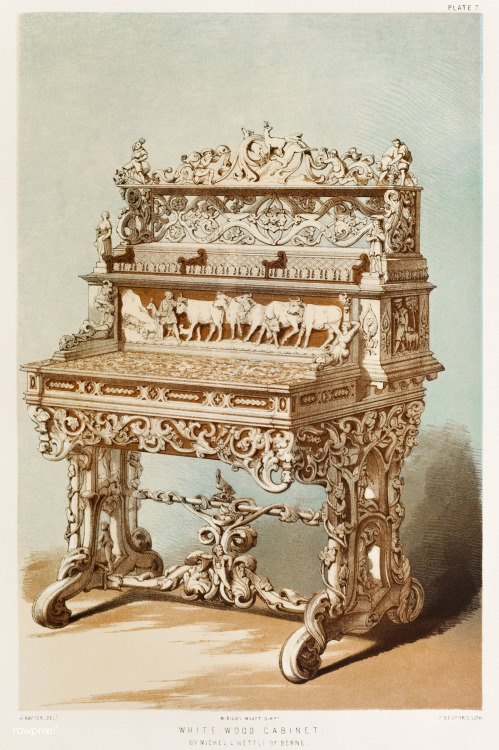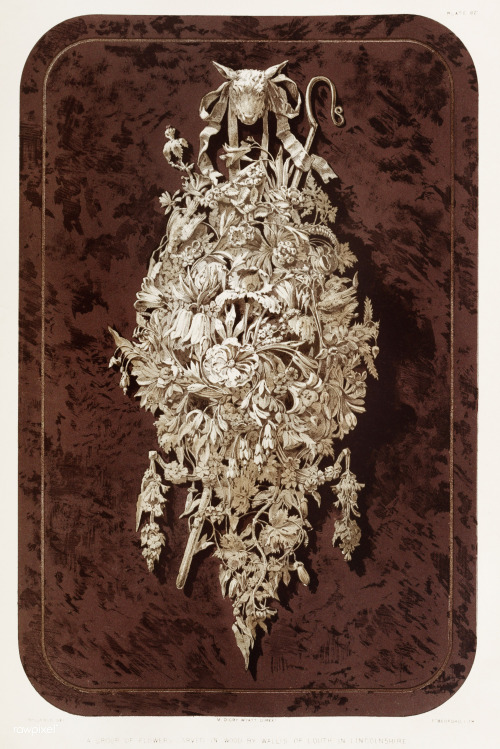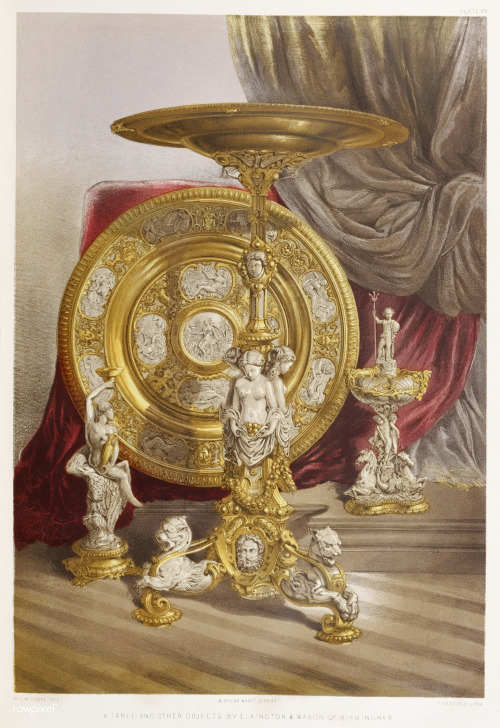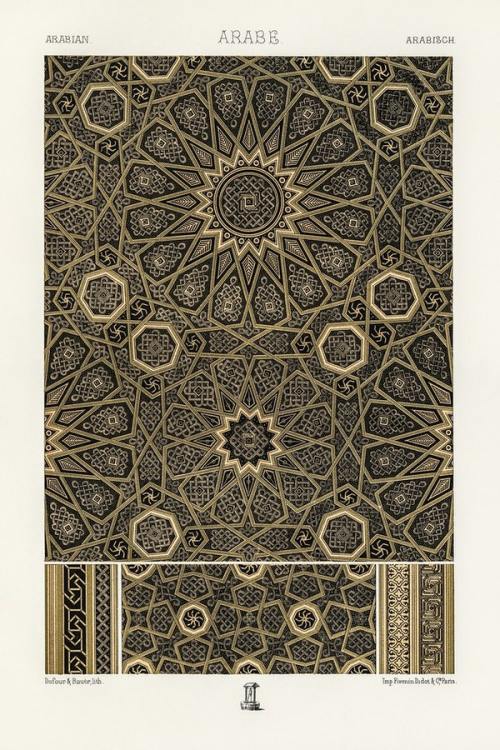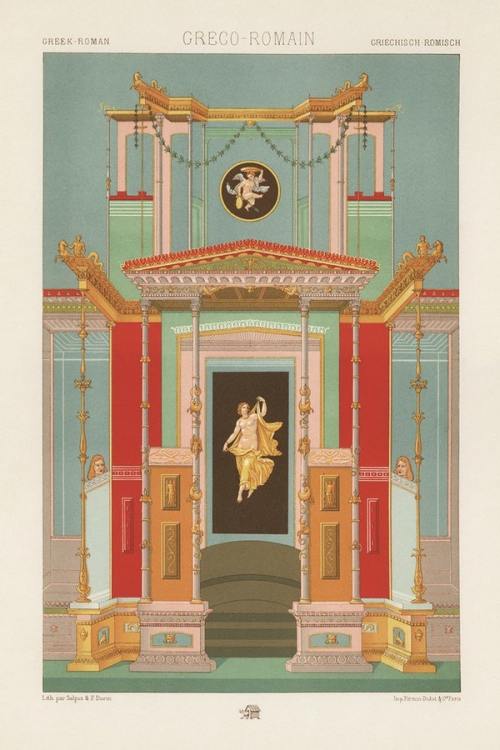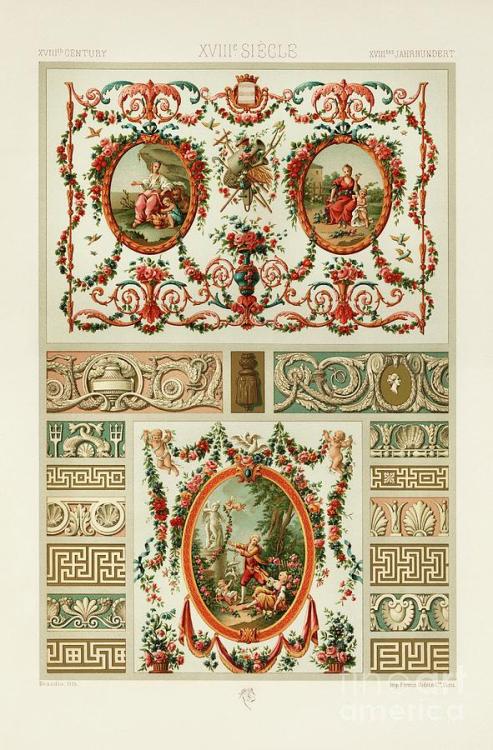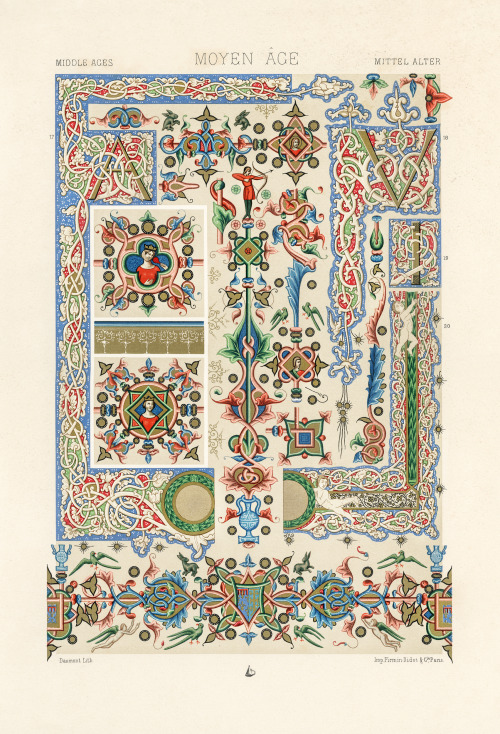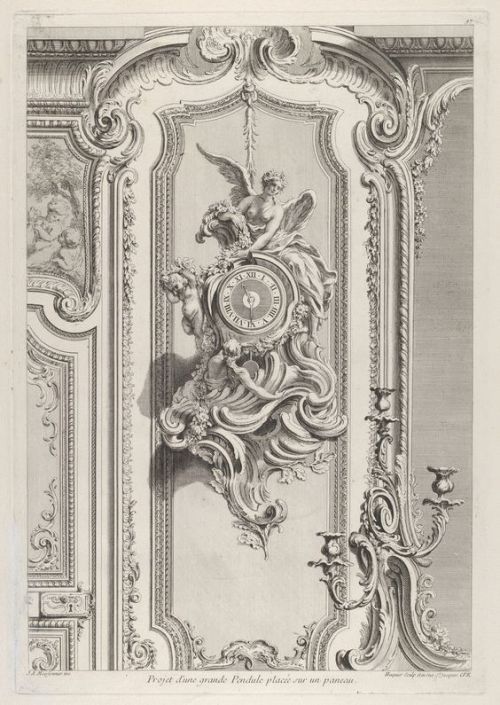#ornament



DONE ON ME BY DASLY in Nepal.
Roman ships prow ornament made of bronze. Dated back to circa 1st century BCE – 1st century CE.
Post link

Golden

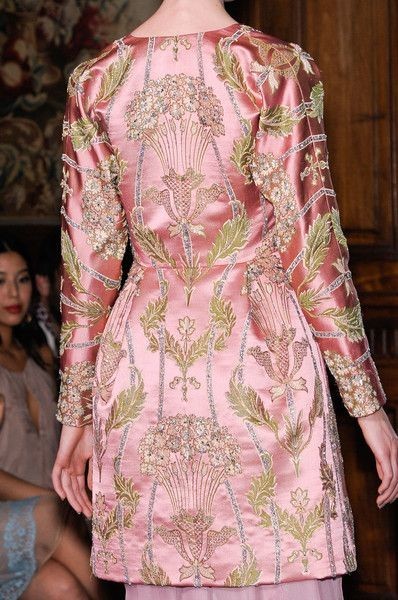
Valentino Couture Fall 2012







SS Cicada
I don’t know where I got the idea for a dirigible cicada miniature model but here we are. Falling asleep with my YouTube queue probably with videos on the recent 17 year cicada cycle followed by the use of airships during WW1 must have blended together in my subconscious. I enjoyed creating the last insect - the custom bee - I had to do another but this was too large for a piece of jewellery.
So I worked on each separate section, hoping it would all fit together in the end. That’s always the scary part - will the wings fit on the body? Will the scale of everything maintain the illusion of an actual, albeit fantastical, airship once joined? Unlike very clever model scene makers I don’t work with a scale ruler. As I don’t fabricate or cast metal there is no real point - I’ll still have to adjust a part in my collection to fit.
I started with the wings - they bring everything together and set the scale. Like the last piece - the body is a brass screw electrical terminal. The abdomen has two main parts - the high copper piece with a grill and a lower section made from a cut out earing drop I filled in with resin. The wings are also filled with resin and a very light dusting of green and gold mica.
I’ve been making miniature nebulas lately so that is where the glass “hot air balloon” came from. It is fitted with a vintage brass bead cap, chains, tiny brass drops and internal details. While I was searching for pieces I came across the hand blown green glass bead with a swirl pattern. I had to incorporate it but it was difficult to do so. Adding a piece to one side of a symmetrical design alters the way it hangs. The swirl on the bead is matched with the black swirled disk hanging under the balloon.
She has wrapped wire legs with metal crimps, two brass and steel “propellers” affixed to the front, one large rear flag and bunting on the secondary “balloon” tether. Everything attached is done so using screws and very rarely, glue. I have no idea how many separate components I used but it would be well over 100. I’ve been working on and off for a week - probably about 40 hours not including the time sourcing parts, taking photos and writing this. The rigging was a nightmare. The chain at the back, connected to a “U” shape piece is the ship’s anchor.
A friend who is a genius wood worker turned some gorgeous wood bases for me. I think it’s Jarrah. It has four brass legs on the bottom. The hanging mechanism consists of a filigree disk, a vintage brass corrugated bead and assortment of brass rods, copper and brass tubing and beads. The top section pulls out so it can be packed for shipping.
One final surprise. I left a hole in the body for a tiny green LED light. It is difficult to use - turning on by pushing the light into a battery. But it could be used on special occasions to show her off. The battery type is a bit exotic but available online.
I’m thinking about entering her in a local art competition before putting her up for sale. I hope you like her.
So I’ve been seduced by resin and watching far too many space videos and Hubble images of nebula. I already love using light in my work so I wanted to produce something that looked like a cloud of gas creating new stars within. A star nursery. It’s taken me months of trial and error.
At first glance it may seem like I’ve just dumped a ton of glitter and pigment powder into resin and given it a stir. I wish it was that easy. These have to be made in layers but hard level lines look artificial. So I swish and swirl the resin around until it cures chaotically adding tiny amounts of powder and glitter teasing out tendrils of colour and flashes of iridescence. I use a flattened toothpicks for the job.
The next step was creating the look of stars forming within the cloud. Enter fibre optics. I cut and bundle the strands sealing them together with resin. I then bend them out into all directions. Finally I cut them down to fit into the mold. At some point I insert them into the resin being careful to set the main bunch into the central point of the mold. In some designs the threads are obvious - in others I’ve hidden the bunch using dark pigments.
At this point I have a sphere of resin with a fiber optic “stalk” sticking out. I paint the last layer black and wait for it to dry. I then cut down the stalk and drill it down flush to the resin. The light is produced by a tiny LED widget. Some pieces have static white light that I’ve dyed. In others I’ve used a rotating RGB colour LEDs. I seal the end and set it in another layer of resin. Fortunately they have a handy ring that also makes it easy to turn on and off with a simple twist. It takes three LR621 batteries equivalent to 364, AG1, SR621SW.
I’ve had trouble uploading the videos so I’ll re-shoot tonight for an acceptable file size and format for Tumblr. Unfortunately trying to photograph these spheres is very difficult. They are glass and very shiny. You can’t see the depth and complexity in a photo. Maybe I need a new camera with a good macro setting.
It’s terrifying releasing a new product so different from my normal work. Are these steampunk? Not really but I hope my work transcends a genre. I want to take light from tacky novelty jewellery into an art product for adults to wear that will amaze and wonder. That is my goal with these. I’ve made several of them so they will dominate my feed in the next weeks. I hope you don’t get sick of seeing them. It’s fantastic using colour again but it’s been a serious financial investment in resin, pigments, equipment, exotic glitters/sequins/foils, molds and LED lights. Some I had to buy in serious bulk. It’s impossible to calculate the hours I’ve spent creating and perfecting these.
I’ve used three different width sizes: 20mm (0.86in), 25mm (1in) and 30mm (1.2in). I haven’t put a chain on some of them. I will give options in type of chain or cord and drop length to buyers. Some may prefer no chain. I’m also thinking about creating a stand turning it into a unique ornament when not being worn. I’m also hoping, as my technique improves, to replicate specific nebula like the famous “Pillars of Creation” image captured by Hubble.
Some may not see any “space” reference. Friends have called certain pieces “an ice cave”, “underwater scene” and “storm clouds with lightening”.
They will be available soon in my Etsy shop. Depending on the covid situation I’m hoping the big music festivals in spring and summer will be happening. It would be the perfect accessory for those day/night events.
Post link
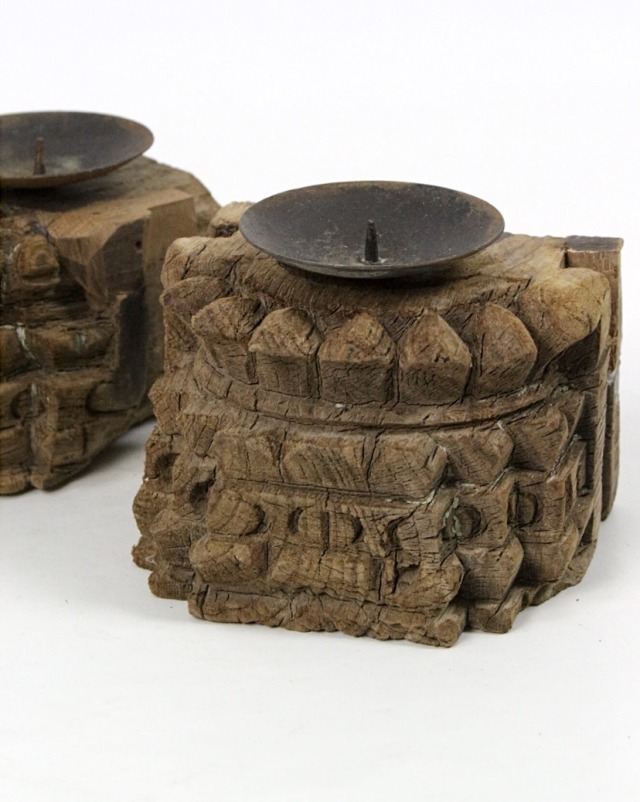

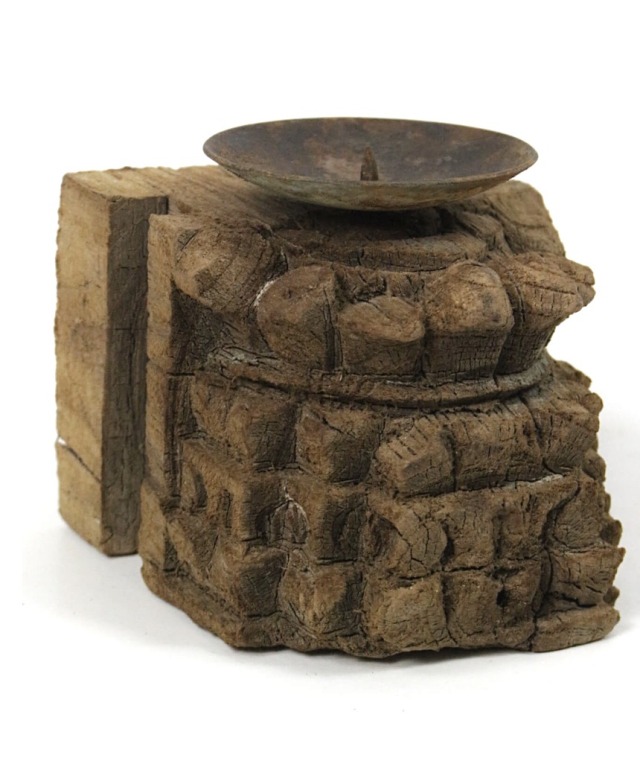
Wood Block Candle Holders by Bohème-Living
Florealis Borealis (Georg Dionysius Ehret)
“Draughtsman, painter, etcher and gardener. Born Heidelberg 1708, died London 1770. One of the finest botanical artists of his generation. Son of market gardener at Heidelburg. Trained as a gardener but took up botanical draughtsmanship at the age of 22. While working for a chemist in Regensburg, he met in c.1731-2 Dr Christoph Jacob Trew, a wealthy physician and bibliophile who became his lifelong patron and friend. He came to England in 1736 with letters of introduction, and worked for Peter Collinson, Philip Miller (greatest gardener of the day and author of ‘Dictionary of Gardening’) and Sir Hans Sloane. Dr Richard Mead and the Duchess of Portland were also patrons of his. His most famous publication appeared in 1748: 'Plantae et Papiliones Rariores’ (both engraved and hand-coloured by himself). Became director of the botanical garden in Oxford in 1750. Remained and died in England.”
Sample Works:
1. Peony
2. Magnolia
3. Kalmia
4. Plumeria
5. Tulip
6. Chinese Rose
7. Oleander
8. Night Blooming Flower
9. Lilac
10. Coffee Tree
Post link
Bright Lights (Chandeliers)
1. Anton Seder, Chandelier design from “Antiquariat”
2. Anonymous, French, 18th century, “ Collection Rodrigues “, 18th century
3. Empire Style Chandelier by Pierre François Léonard Fontaine, 18th century
4. Anonymous, French, 19th century, Chandelier Design
5. Design for a chandelier, Jean Démosthène Dugourc, 1784
Post link
A Life (Jan van Kessel the Elder)
“Jan van Kessel the Elder or also Jan van Kessel I came from a great dynasty of painters. On his father’s side he descended from Hiernonymus van Kessel and his mother was a daughter of Jan Brueghel the Elder. This also made him the great-grandson of Pieter Brueghel, the nephew of Jan Brueghel the Younger and the nephew of David Teniers the Younger. The family sent him to Simon de Vos as an apprentice when he was 9 years old. His further education then took place largely within the family.
Van Kessel was a painter obsessed with detail. Especially his still lifes and animal motifs, including various insect studies such as “Still Life Study of Insects on a Rosemary Branch” were of almost scientific accuracy. This made his works very popular throughout Europe. Van Kessel could charge good prices and sell many paintings. This enabled him and his family to live a good, secure life. However, after the death of his wife in 1678, the financial situation deteriorated increasingly. Van Kessel was too old and too ill to be able to paint. He was finally forced to mortgage his house. He died at the age of 53 and left behind a large mountain of debts.”
Sample Works:
1. A still life with sprig of Redcurrants, butterflies, beetles, caterpillar and insects
2. Still life of branch of gooseberries, with a butterfly, moth, damsel fly and other insects
3. Butterflies, moths and other insects with a sprig of periwinkle
4. A sprig of redcurrants with an elephant hawk moth, a magpie moth and other insects
5. Insects
6. The Enemies of Snakes
7. Insects
8. Butterflies and other insects
9. Three Butterflies, a Beetle and other Insects, with a Cutting of Ragwort
10. A Dragon-fly, two Moths, a Spider and some Beetles, with wild Strawberries
Post link
The Historic Styles of Ornament Series 2 (H. Dolmetsch)
1. Byzantine
2. Arabian
3. Russian
4. Middle Age
5. Italian Renaissance
6. French Renaissance
7. German Renaissance
8. Chinese
9. 19th Century
10. 18th Century
Post link
Peinture en camaïeu. Different phases of the cartouches. 18th century. Book-plate painted in 1752 by Elias Nilson
Post link
Taken from Sir Matthew Digby Wyatt’s "Industrial Arts of the XIXth Century at the Great Exhibition"
1. Gold Vase enriched with Jewels and Enamels
2. Enamelled Vase
3. Centre piece in silver
4. Group of enamels from the royal manufactory at Sévres
5. White-wood cabinet by Michel L. Wettli of Berne
6. Ivory Throne and Footstol from Rajah of Thavencore
7. A group of earthenware vases by Mansard of Voisinlieu France
8. Group of flowers craved in wood
9. Title page of the Industrial arts of the Nineteenth Century (1851-1853) by Sir Matthew Digby wyatt (1820-1877)
10. Table and other objects
Post link
Albert Racinet’s L'Ornement Polychrome (1869–73)
1. Chinese
2. Renaissance
3. Egyptian
4. Arabic
5. Greco Roman
6. Primitive
7. 18th Century
8. Japanese
9. Middle Age
10. 16th Century
Post link
Juste Aurèle Meissonnier, Projet d'une grande Pendule, from ‘Oeuvre de Juste Aurele Meissonnier’
Post link




